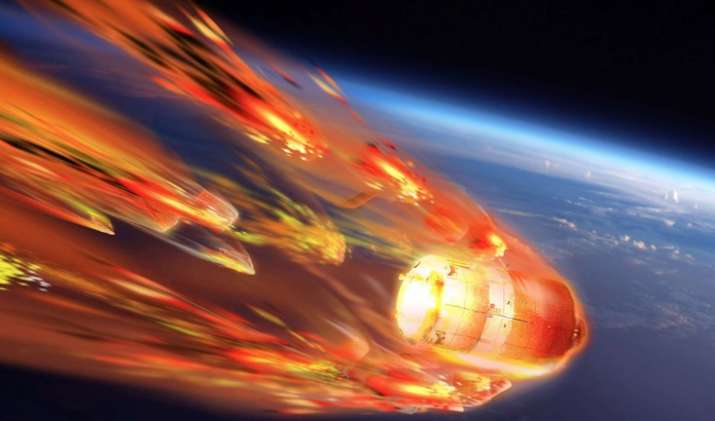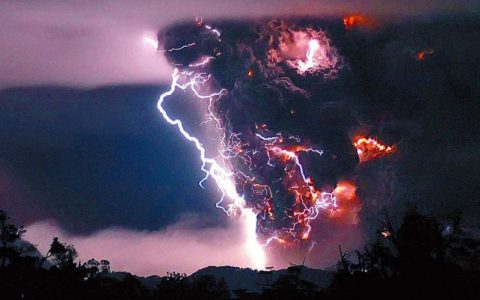
A wild space research centre that will dive back to Earth in the coming days is probably not going to cause any harm, Chinese specialists say, yet will offer rather an “awesome” show much the same as a meteor shower.
Tiangong-1 will re-enter the atmosphere somewhere between Saturday and Monday
China’s space agency said on Thursday that the almost eight-ton Tiangong-1 will re-enter the atmosphere some time amongst Saturday and Monday. The European Space Agency has a smaller window between midday Saturday and early Sunday evening, GMT time.
In any case, there is people shouldn’t worry, as said by the China Manned Space Engineering Office.
Such falling spacecraft doesn’t collide with the Earth savagely like in science fiction motion pictures, yet it transforms into a meteor shower and moves over the lovely starry sky as they race towards the Earth.
The lab was set in orbit in September 2011 and had been slated for a controlled reentry, yet it stopped working in March 2016 and space fans have been propping for its red-hot return.
China sees its multi-billion dollar space program as an image of the nation’s ascent. It intends to send a manned mission to the moon later on.
About Tiangong-2
China sent another lab into space, the Tiangong-2, in September 2016 and would like to transform it into a manned space station by 2022.
Specialists have made light of any worries about the Tiangong-1 causing any harm when it rushes back to Earth, with the ESA taking note of the fact that almost 6,000 uncontrolled re-entries of vast objects have happened in the course of recent years without hurting anybody.
The CMSEO said the likelihood of somebody being hit by a meteorite of more than 200 grams is 1 out of 700 million.
Amid the uncontrolled reentry, atmospheric drag will tear away sunlight based arrays, and other external components at an altitude of around 100 kilometres (or 60 miles).




